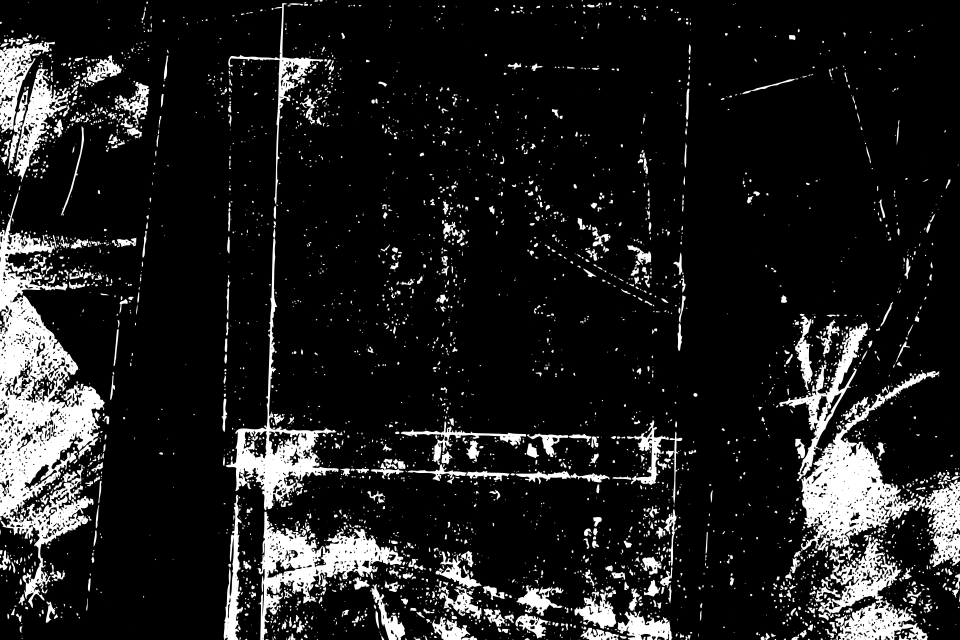You’ve got your Behance and your Dribbble. Your LinkedIn and your Working Not Working. Then Facebook, Twitter, Instagram, and Pinterest. (Ello purposely omitted.) In the course of your work day, as a designer, where do all these fit in? How do they help you stay connected? How do they help you share? How do they lead to client work? How do they not suck up all your time? And why do they matter or not?
I recently discussed these questions with a PhD candidate at Cornell University. She was very interested in understanding career aspirations, attribution of creative work, and design collaborations in relation to social media. All topics I’ve given some thought to, so the conversation was quite engaging.
I do think all this social media business matters greatly. As important assets to my independent design business, they’ve allowed me to connect, to share, and to gain insight. And sometimes the things I’ve shared have directly led to client work. I enjoy sharing stuff online in general, so the sheer fun of getting my work out there is a rewarding part of my day, even if it is a small part. If I didn’t enjoy sharing stuff, I would’t do it. The “new business” method most beneficial is personal connections from current clients. To make sure that continues to happen, best to spend your work day focused on making sure your current work is the best it can be.
The JKDC portfolio site I see as my greatest asset. It’s definitely the most comprehensive, everything else exists in support of this. On it I can be thoughtful and descriptive when sharing work. I can discuss the inner workings of my design process. And it can be my own, individual corner of the Web, free of other distractions. No feeds, no likes, and no comments.
Feeds, likes, and comments aren’t bad. Sometimes there just isn’t a place for them. For me, there also isn’t a place for fake work. We discussed why I feel redoing Hillary’s logo in 5 minutes is not only insulting but a waste of time. If a designer has all this extra time, why not spend it constructively by making something original or helping a nonprofit on a small pro-bono project. We also touched on shameless self-promotion and why there is a fine line between acceptable and obnoxious when it comes to sharing.
In the end, social media is a big plus for me as a designer. It’s still fun, still helpful, and still relevant in who and what I get connected to. Hopefully it remains so for a long time to come. In the meantime, check out my work on Dribbble.





